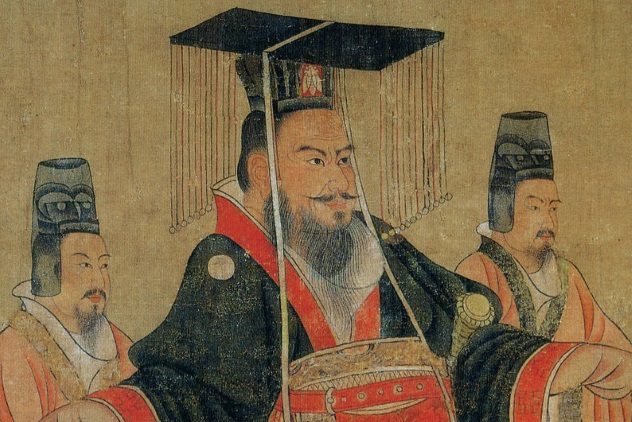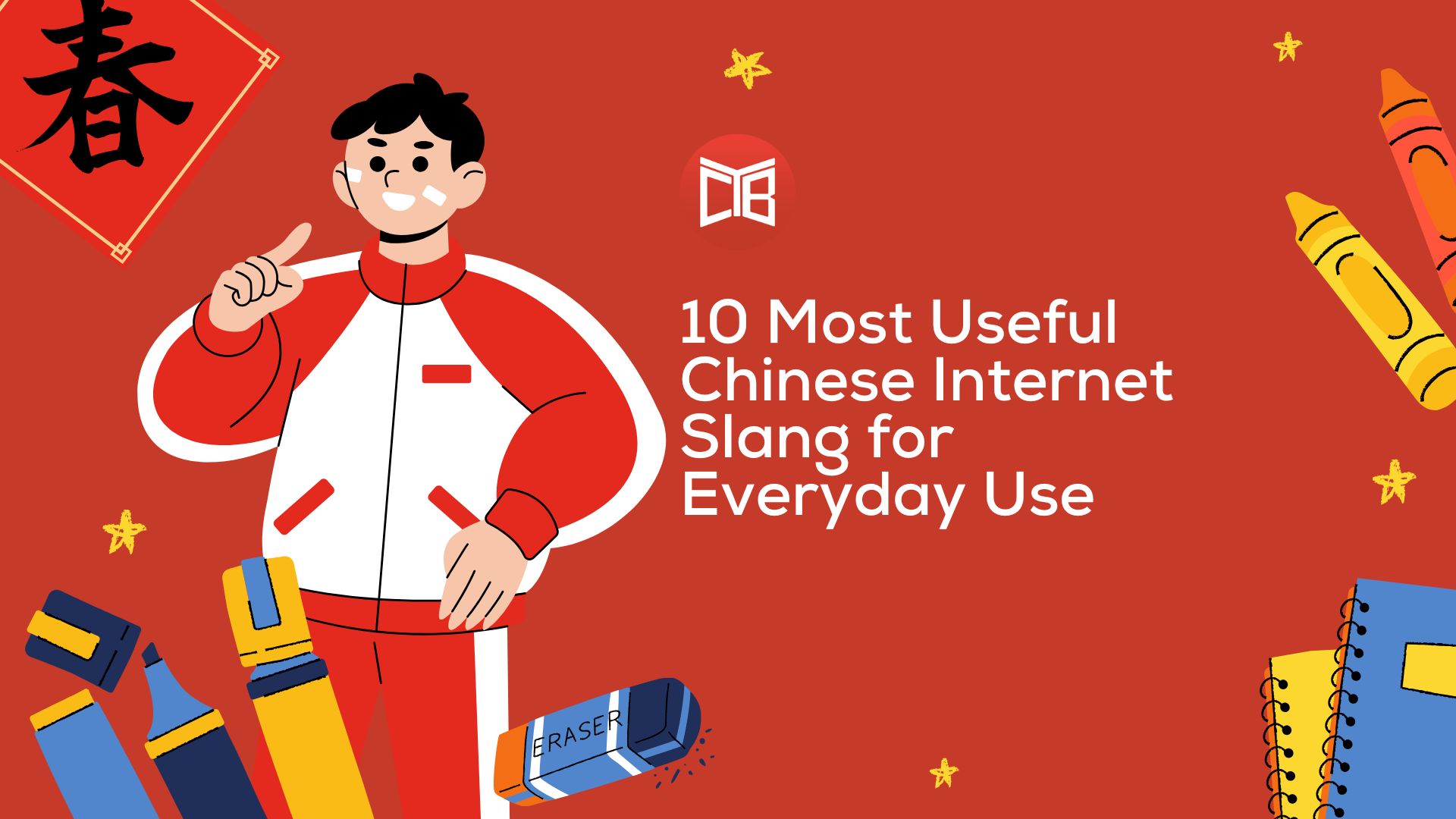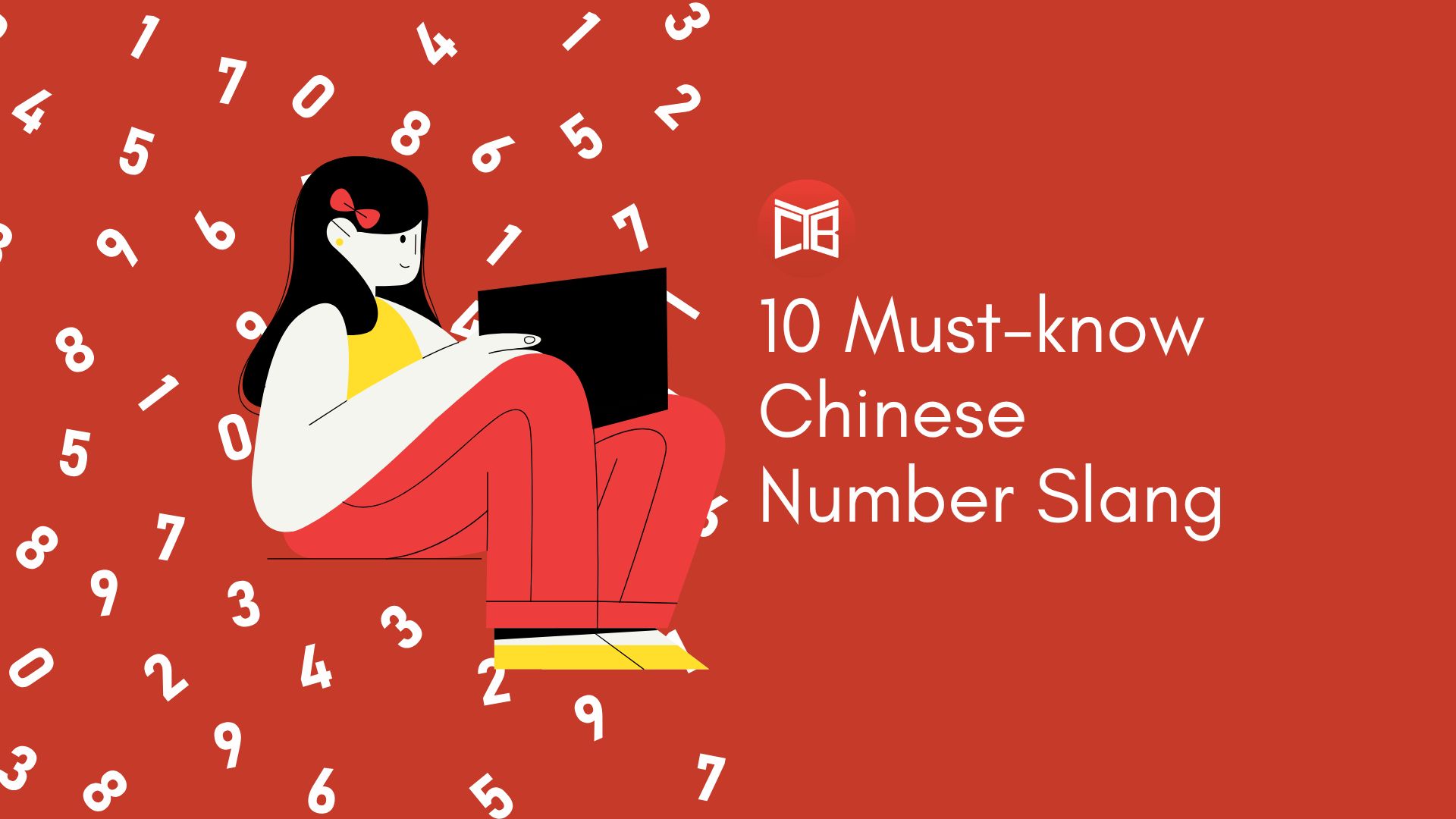
Sima Yan (司馬炎) was born in 236 AD during the turbulent Three Kingdoms Period in China. He was the son of Sima Zhao and grandson of Sima Yi, both prominent figures in the period and so the principal descendant of the Sima clan, one of the great landowning families during the preceding Han dynasty. His families involvement on the side of the State of Cao Wei earned them great influence and would eventually lead to Sima Yan gaining the throne of a unified China as Emperor Wu of Jin (晋武帝).
The Three Kingdoms Period was a tripartite division of China between the states of Cao Wei, Shu Han and Eastern Wu. The struggles between then are often attributed to have started in 220 AD, however many historians extend the beginning of this period in Chinese history to the troubles caused by the Yellow Turban Rebellion against the Eastern Han dynasty that started in 184 AD. The rebellion was eventually supressed after 21-years, but this could not prevent the eventual collapse of the dynasty in 220 AD.
Emperor Xian of Han ascended to the throne in 189 AD at the age of eight. Despite appearances he was in fact controlled by the warlord Dong Zhuo who had orchestrated his rise to Emperor. After Dong Zhuo’s assassination, he fell under the influence of several other warlords before finally ending up as the puppet ruler of northern China’s most powerful general Cao Cao. Emperor Xian sat on the throne with Cao Cao as the de facto ruler who used the Emperor to legitimise his authority with the aim of reuniting the divisions in the country under the Han dynasty banner. This lead to continued conflict with the southern lords Sun Quan and Liu Bei who both opposed his influence, a conflict epitamised by Cao Cao’s defeat at the famous Battle of Red Cliffs in 208/209 AD.
Cao Cao eventually died in 220 AD and was succeeded in power by his son Cao Pi, who in turn forced Emperor Xian to abdicate and declared himself as the holder of the new heavenly mandate as Emperor of Wei (Cao Wei). In response Liu Bai proclaimed himself as Emperor of Han (Shu Han) and Sun Quan became King of Wu (Eastern Wu). The next 60 years saw a period of continuous conflict between the three states as each battled for supremacy with the goal of unifying China under their banner.
The Sima clan, who had been significant landowners during the Han dynasty made great gains as statesman in the State of Wei. First with Sima Yi, who as a general staged a coup against the reigning Cao family and demoted the ruler Cao Fang to a puppet under his influence. Then with his son Sima Zhao, who continued the family’s control over the Wei government and lead the campaign which defeated the State of Shu Han in 264 AD, leading to him being honoured with the title Prince of Jin. On his death in 265 AD he was succeeded by his son Sima Yan.
Sima Yan’s first act was to force Cao Fang to abdicate and in doing so founded the Jin dynasty. As Emperor Wu of Jin, Sima Yan set about correcting what he believed to be the primary failure of the Cao Wei – a lack of power among the imperial family. He bestowed great titles on all his relations with independent military commands and full authority within their lands. He also re-evaluated the penal system, believing it to be too harsh under the Cao Wei. The new system however was not considered much better due to its leniency towards the nobles which resulted in widespread corruption and the severity of punishments for the common people. Finally, in keeping with tradition, he chose his eldest son Sima Zhong, a boy with little aptitude for learning as his crown prince.
The early years saw a number of rebellions that were successfully suppressed. This is followed 15 years later by an attack on the Eastern Wu from eight different directions, finally bring an end to the Three Kingdoms Period. With China once again unified and with family members in prominent positions of influence to run his empire, the Emperor took less interest in state affairs. One distraction was the 5,000 beautiful women he had accumulated at his palace. It is said that he was surrounded by such beauty that he couldn’t choose between them and to solve this dilemma he would ride a goat drawn cart around, visiting whichever of his concubines it stopped by.
When the emperor became sick in 289AD, he jointly appointed two regents for his son. However upon his death in 290AD, the power and greed of his relatives combined with the ineptitude of his young son lead to great struggles between the nobility in an effort to control the new Emperor. Sima Zhong’s 17-year reign was marred with bloodshed and saw 9 different regents. This struggle is known as the War of the Eight Princes and started immediately after Emperor Wu’s death.
While Emperor Wu of Jin can be credited for successfully dealing with rebellions in his early years and the eventual reunification of China after the defeat of the Eastern Wu, his policy of promoting family members to prominent positions of almost autonomous power combined with his choice of heir would eventually backfire with dire consequences. His family’s rise to power was born out of a violent period in China’s history and such political turmoil would continue between his relatives well after his death.






















